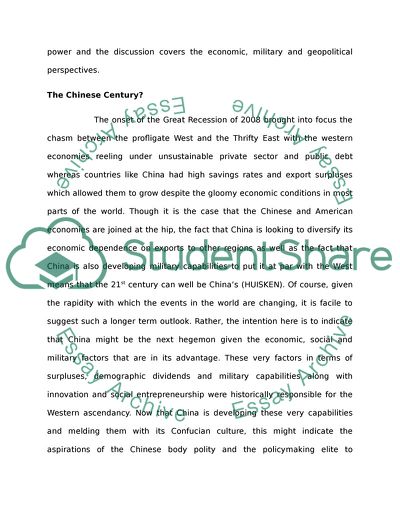Cite this document
(Is WTO Harmful to the Least Developed Economies Essay Example | Topics and Well Written Essays - 2250 words, n.d.)
Is WTO Harmful to the Least Developed Economies Essay Example | Topics and Well Written Essays - 2250 words. https://studentshare.org/macro-microeconomics/1758964-is-wto-harmful-to-the-least-developed-economies-lots-of-other-possibilities-available
Is WTO Harmful to the Least Developed Economies Essay Example | Topics and Well Written Essays - 2250 words. https://studentshare.org/macro-microeconomics/1758964-is-wto-harmful-to-the-least-developed-economies-lots-of-other-possibilities-available
(Is WTO Harmful to the Least Developed Economies Essay Example | Topics and Well Written Essays - 2250 Words)
Is WTO Harmful to the Least Developed Economies Essay Example | Topics and Well Written Essays - 2250 Words. https://studentshare.org/macro-microeconomics/1758964-is-wto-harmful-to-the-least-developed-economies-lots-of-other-possibilities-available.
Is WTO Harmful to the Least Developed Economies Essay Example | Topics and Well Written Essays - 2250 Words. https://studentshare.org/macro-microeconomics/1758964-is-wto-harmful-to-the-least-developed-economies-lots-of-other-possibilities-available.
“Is WTO Harmful to the Least Developed Economies Essay Example | Topics and Well Written Essays - 2250 Words”. https://studentshare.org/macro-microeconomics/1758964-is-wto-harmful-to-the-least-developed-economies-lots-of-other-possibilities-available.


